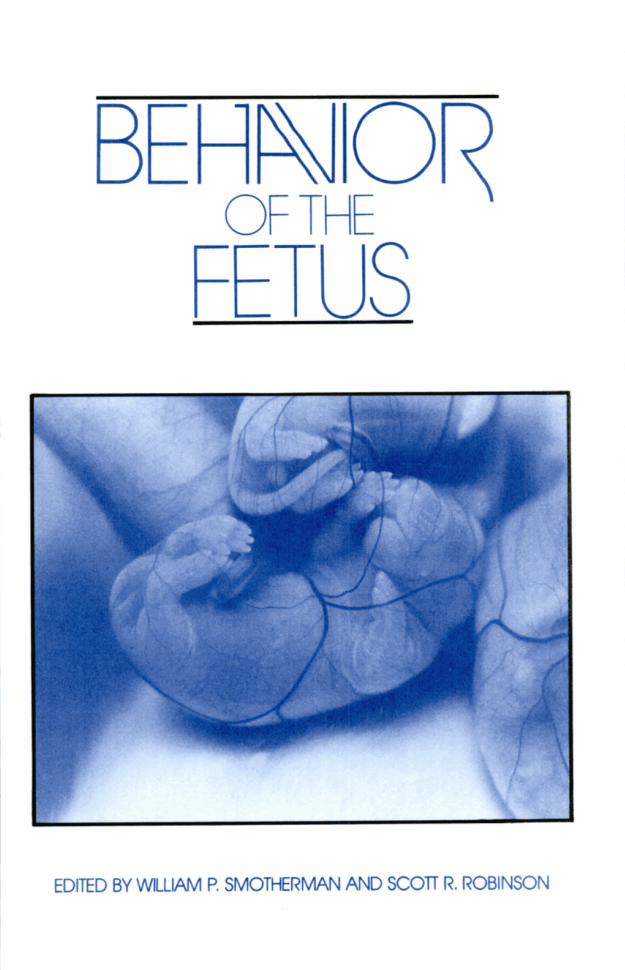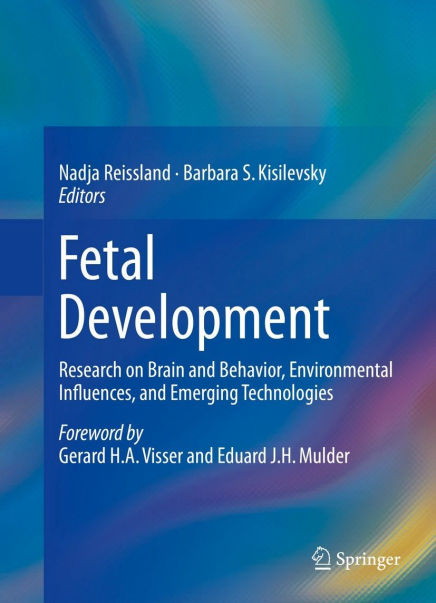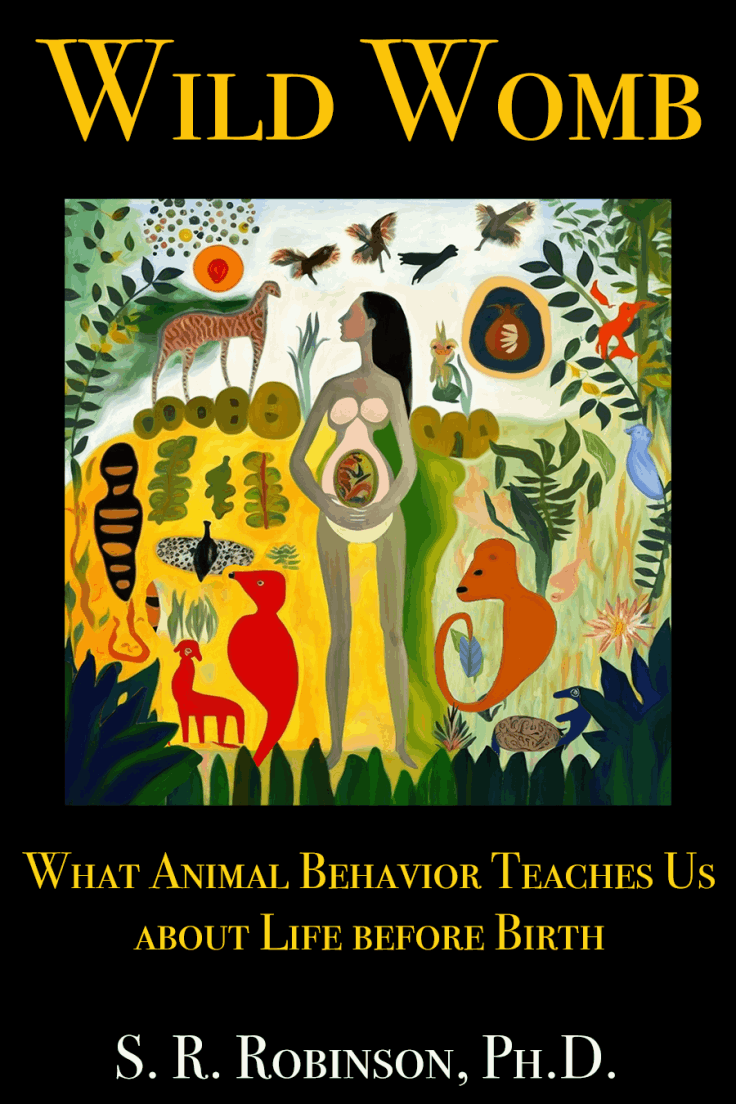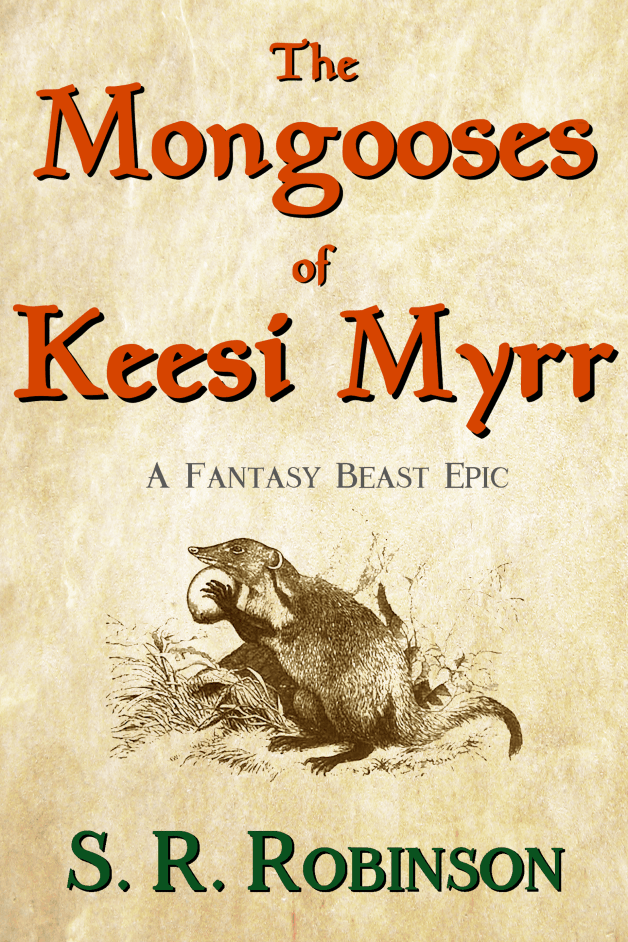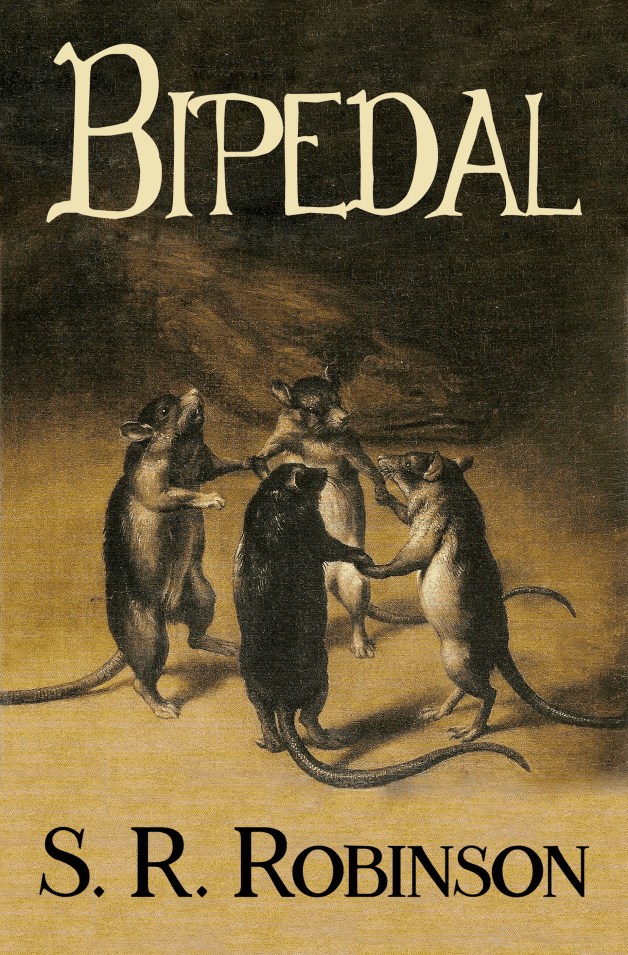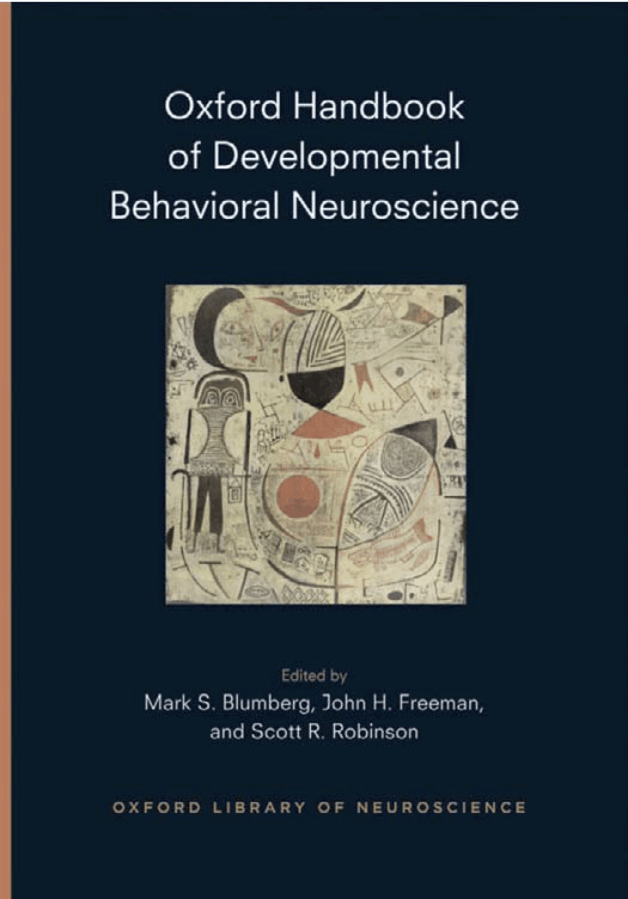
Oxford Handbook of Developmental Behavioral Neuroscience
Mark S. Blumberg, John H. Freeman, and Scott R. Robinson, Eds.
This handbook provides an introduction to recent advances in research at the intersection of developmental science and behavioral neuroscience, while emphasizing the central research perspectives of developmental psychobiology. Contributors to the Oxford Handbook of Developmental Behavioral Neuroscience are drawn from a variety of fields, including developmental psychobiology, neuroscience, comparative psychology, and evolutionary biology, demonstrating the opportunities to advance our understanding of behavioral and neural development through enhanced interactions among parallel disciplines. The book is divided into six sections: Comparative and Epigenetic Perspectives, Foundations of Neural Development, Sensorimotor Systems, Early Experience and Developmental Plasticity, Regulatory Systems, and Learning and Memory. It provides an unprecedented overview of conceptual and methodological issues pertaining to comparative and developmental neuroscience that can serve as a roadmap for researchers and a textbook for educators.
